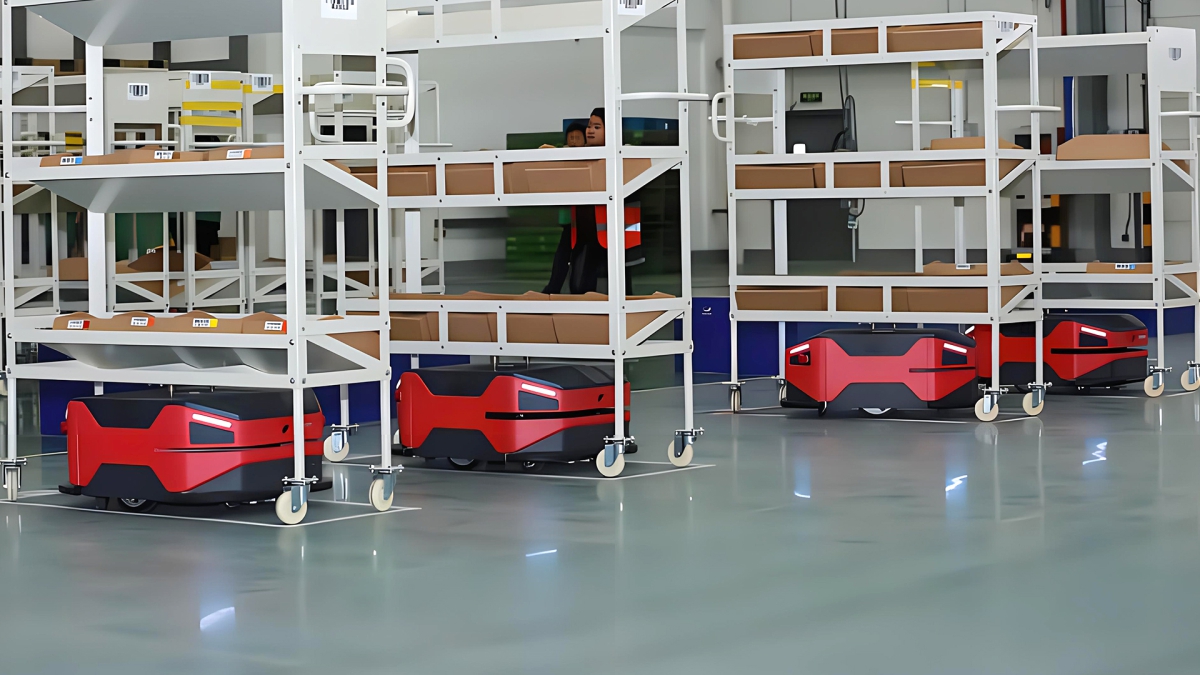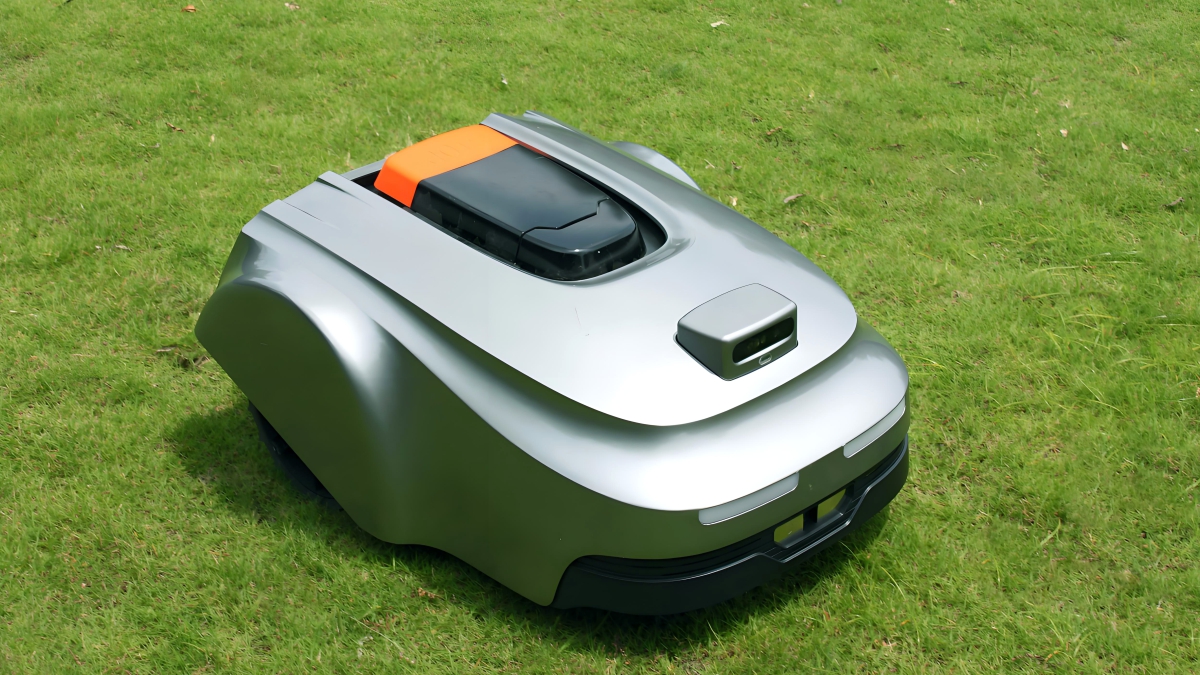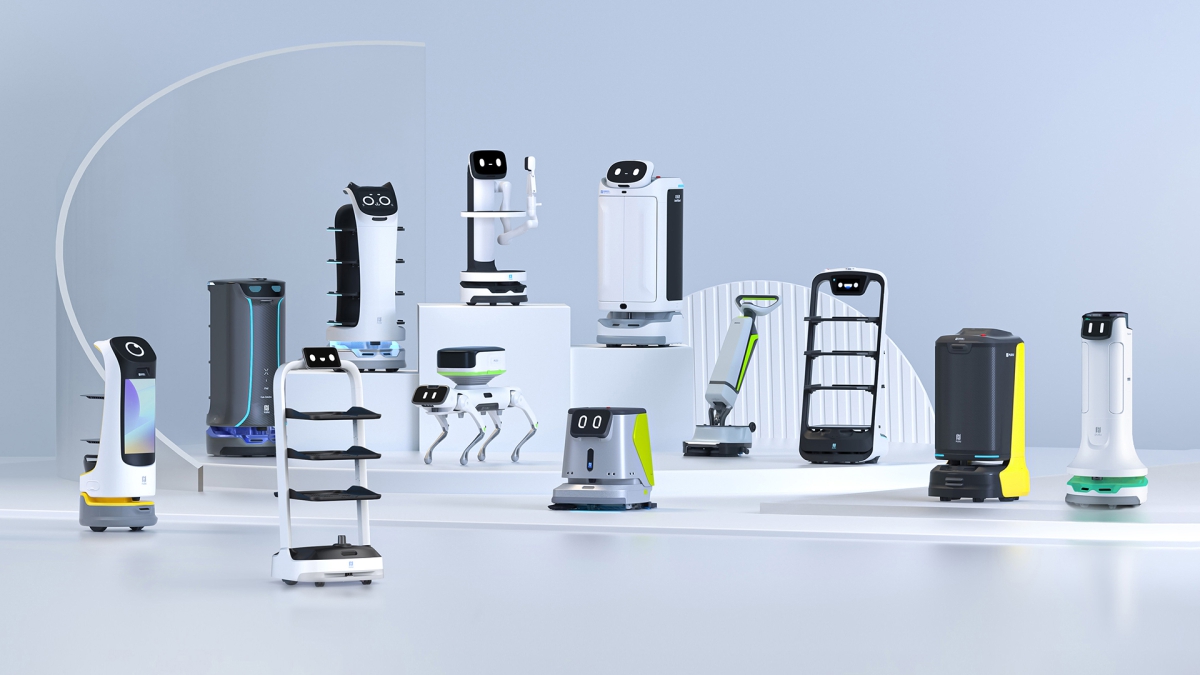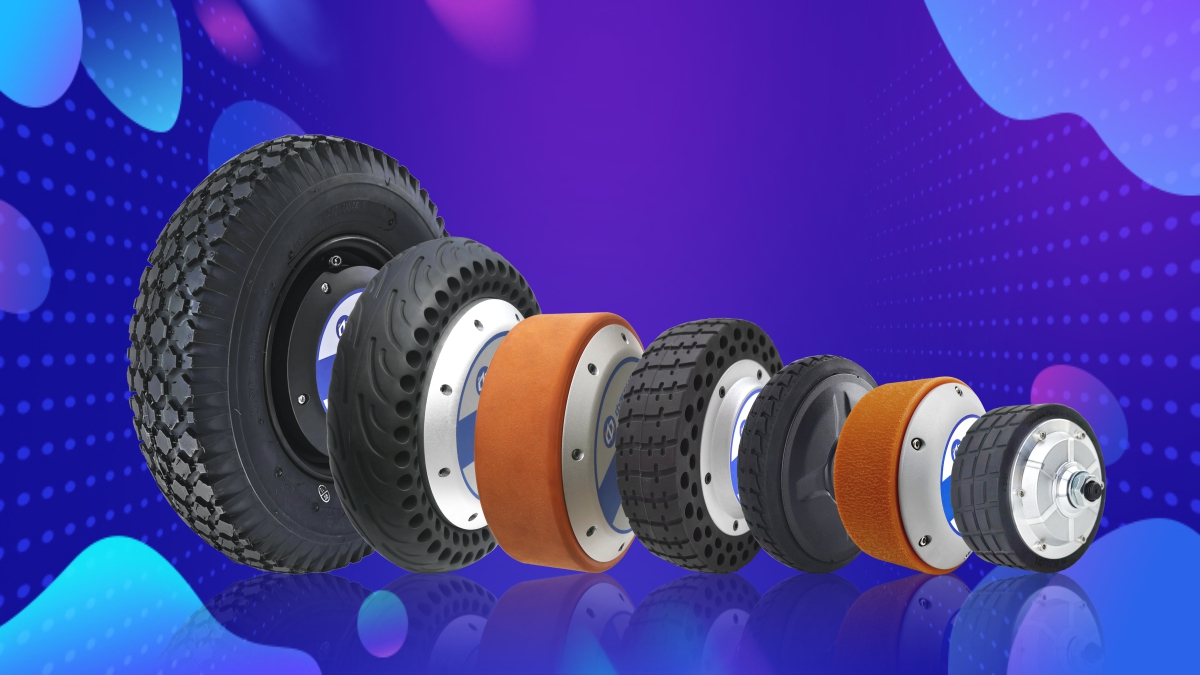Robot hub motor is a new type of driving method that integrates the motor and transmission device into a wheel. It completely changes the power transmission structure of traditional cars and robots, and is usually used in various types of robots. Compared with traditional electric motor and transmission system, wheel hub motor integrates the power source directly inside the wheel, which can effectively reduce the number of mechanical transmission components and improve the efficiency and reliability of the system. This design makes the robot more flexible during movement and able to adapt to various complex working environments. At present, there are the following development trends for wheel hub motor:
1. High integration and modular design become the core direction
Robot wheel hub motor is devolving from “single drive component” to “integrated intelligent unit” by integrating motor, sensors (such as magnetic encoders, IMUs), controller (MCU), and brake into one module, simplifying the robot chassis structure and reducing wiring complexity. For example, the drive control board integrates a half bridge driver and MCU, combined with a magnetic encoder to achieve precise detection of rotor position (with a resolution of up to 0.088 °). It can not only autonomously determine the robot’s position, but also automatically adjust the driving force according to terrain changes, improving environmental adaptability. Modular design makes the wheel hub motor easy to replace and upgrade, reducing maintenance costs and downtime, and adapting to the rapid iteration needs of robots.
2. Continuous improvement in intelligence and autonomous control capabilities
With the integration of AI and sensor technology, wheel hub motor has shifted from “passive execution” to “active perception”. By using the built-in FOC (Field Oriented Control) algorithm, higher precision speed and position control can be achieved (such as differential driving and stationary steering of lawn mowing robot), reducing path planning errors and improving lawn mowing coverage. Some high-end products support autonomous fault diagnosis, which collects real-time temperature, vibration and other data through embedded state monitoring systems, predicts potential faults and prompts maintenance, enhancing the reliability of robot operation. In addition, combined with the information of radar and visual sensor, hub motor can realize environment adaptation, such as adjusting torque output in complex terrain such as grass, slope, and potholes, to ensure stable driving.
3. Lightweight and efficient promotion of battery life and performance upgrades
Lightweight is an important development direction for robot wheel hub motor. By using lightweight materials such as aluminum alloy and magnesium alloy, as well as optimized winding structure and magnetic field distribution, the weight of the motor can be reduced. For example, a certain brand of brushless wheel hub motor has achieved a highly integrated design, reducing its volume by about 30%, effectively freeing up the internal space of the robot while improving assembly efficiency and product consistency. Efficiency is achieved by optimizing the electromagnetic design and control algorithms of the motor, improving energy conversion efficiency (such as using brushless structures with FOC algorithm to reduce losses), and extending the battery life of the robot through energy feedback technology (such as increasing the battery life of a lawn mowing robot by about 20%). In addition, efficient thermal management technologies such as phase change materials and axial heat conduction have solved the heat dissipation problem of integrated wheel hub motor, ensuring continuous output under high load conditions.
4. Technological innovation focuses on topology structure and control accuracy
Technological innovation is the core driving force for the development of wheel hub motor. In terms of topology, axial magnetic field wheel hub motor has become a research and development hotspot due to its excellent heat dissipation performance and compact structure (more than 50% thinner than radial magnetic field motor), and is suitable for robots with high space requirements (such as humanoid robots and AGVs). In terms of control accuracy, magnetic encoder (such as 12 bit magnetic encoder boards) replaces traditional Hall sensor to achieve higher precision position detection (divided into 4096 parts per 360 ° rotation, with a resolution of 0.088 °). Combined with MCU’s precise control algorithm, it solves the problem of large path errors in traditional solutions and improves the robot’s motion accuracy (such as the mowing height error of the mowing robot ≤ 1mm). In addition, the maturity of differential drive and stationary steering technology enables wheel hub motors to better adapt to complex terrains and enhance the maneuverability of robots.
5. Market demand drives product diversification and customization
With the expansion of robot application scenarios (such as AGVs, lawn mowing robots, service robots, and special robots), the demand for wheel hub motor is showing a trend of diversification and customization. For example, AGV requires high torque and high reliability wheel hub motor to carry heavy objects and move accurately within the factory; Mowing robot requires motor with low speed, high torque, and high-precision control to cope with complex terrains such as grass and slopes; Service robot requires compact and silent motor to enhance the user experience. Enterprises have launched customized products one after another, such as Weichuang Power’s micro screw lifting motor (0.1mm resolution, 45mm stroke) developed for lawn mowing robots, which meets the needs of fine adjustment of the cutterhead height; A servo developed for radar cleaning (5.2N · m peak torque, 160rpm rated speed) solves the problem of radar surface cleaning. This trend of customization is driving the transformation of wheel hub motors from “standardization” to “scenarization”.
Shenzhen Zhongling Technology Co., Ltd. has been focusing on robot wheel hub motor for many years and is a high-tech company that integrates research and development, production, and sales. Customers customize different wheel hub motor tires for different robots to meet their work requirements. For many years, adhering to the concept of focus, innovation, integrity, and pragmatism, we have contributed to the development of the robotics industry. For more details about Shenzhen Zhongling Technology Co., Ltd., please follow www.robotmotor.com.
Post time: Oct-13-2025




